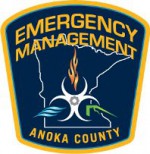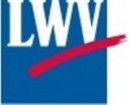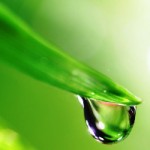Cedar Creek Ecosystem Science Reserve will celebrate its 75th year on September 9, 2017 (1:00 to 5:00pm). Mark your calendars now so you don’t miss this special event!!
Since 1942, scientists at Cedar Creek ESR have been studying plants, animals, soil, water and ecosystems with the goal of better understanding and improving the world we live in. Come learn about their ground-breaking achievements, tour our research and natural areas, go for guided nature walks, participate in demos, games and activities, meet live animals, and more!
Cedar Creek Ecosystem Science Reserve is a large ecological research site in central Minnesota with natural habitats that represent the entire state. There is no place of comparable biological diversity so close to the Twin Cities metropolitan area. Cedar Creek is owned and operated by the University of Minnesota in cooperation with the Minnesota Academy of Science.
The people of Cedar Creek are dedicated to understanding our planet’s ecosystems and how they are changing under human pressures. Through research, conservation, and education, Cedar Creek will continue to bridge the gaps between science, community, and government.
Cedar Creek lies on a sandy outwash plain formed during the last stages of the Wisconsin Glaciation some 11,000 years ago.
Relief is slight, having an elevational gradient of only 10 meters. The area of about 2,200 hectares (5,400 acres, or about nine square miles) is roughly equally divided into four parts: wooded uplands, abandoned fields, lowland wooded swamps, and open fens and marshes.
Minnesota lies at the juncture of three great biomes of North America: Northern Conifer Forest, Eastern Deciduous Forest, and Tallgrass Prairie. Cedar Creek contains elements of all three, and in consequence is floristically and faunally quite diverse. Among the Vertebrates, 52 species of mammals, 229 species of birds (133R, 58M, 38V) are reported for the Area.
EDUCATION & OUTREACH. The education and outreach arm of Cedar Creek strives to be an inspiring catalyst and outstanding resource for lifelong science education in Minnesota and beyond. Our goal is to connect students, teachers, community members and scientists to Cedar Creek Ecosystem Science Reserve’s ecological research through engaging hands-on experiences, and as a result to increase science literacy and help our community better understand scientific principles, processes and concepts.
The University of Minnesota wants to hear what programs and serviced you think should be offered at the Cedar Creek Ecosystem Science Reserve. Take a few minutes to answer the Outreach Survey. For questions about Cedar Creek’s Education and Outreach programs, contact Caitlin Barale Potter at caitlin@umn.edu (link sends e-mail) or 612-301-2602.




 September 1st, 2017
September 1st, 2017  knowtheflow
knowtheflow 















